top of page

Periscope v2: A Camera for Extravehicular Activity (EVA)
2025 | Personal
In 2023, I designed Periscope v1, a handheld camera concept. Feedback revealed that it lacked a clearly defined use case and didn’t fully address the "why?" For Periscope v2, I applied the concept to a more specific context: space exploration. Designed for extravehicular activity (EVA), this iteration focuses on single-handed operation and usability in the extreme conditions beyond Earth.
Background
Current cameras used in space are adapted from Earth-based designs rather than being purpose-built for the unique challenges of space exploration.
Problems with Current EVA Cameras
Require two hands to operate
Buttons are hard to press because of bulky gloves
No digital connection to the EVA suit
No digital connection to the EVA suit
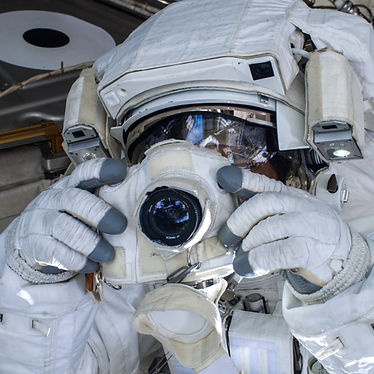
EVA Design Challenges
Extreme Tempuratures
Dust
Bulky Gloves
Radiation
Radiation
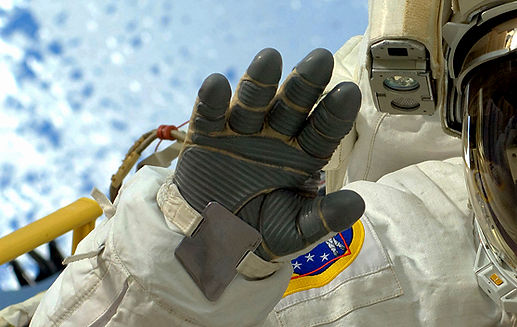
Empathetic Testing
EVA gloves are...
bulky,
pressurized,
and restrict dexterity.
How might we design a space camera that minimizes hand movement to reduce fatigue during EVA operations?

To simulate EVA gloves while prototyping, I used thick snow gloves and wrapped them in wire to limit mobility.


Designing for Secure, Dustproof Attachment
A secure and dustproof attachment system is essential for Periscope v2, ensuring stability in harsh extraterrestrial environments.
It must also allow astronauts to easily retrieve and reattach the camera with one hand, even while wearing bulky space gloves.


Comparing Attachment Systems

Comparing Channel Types for Attachment
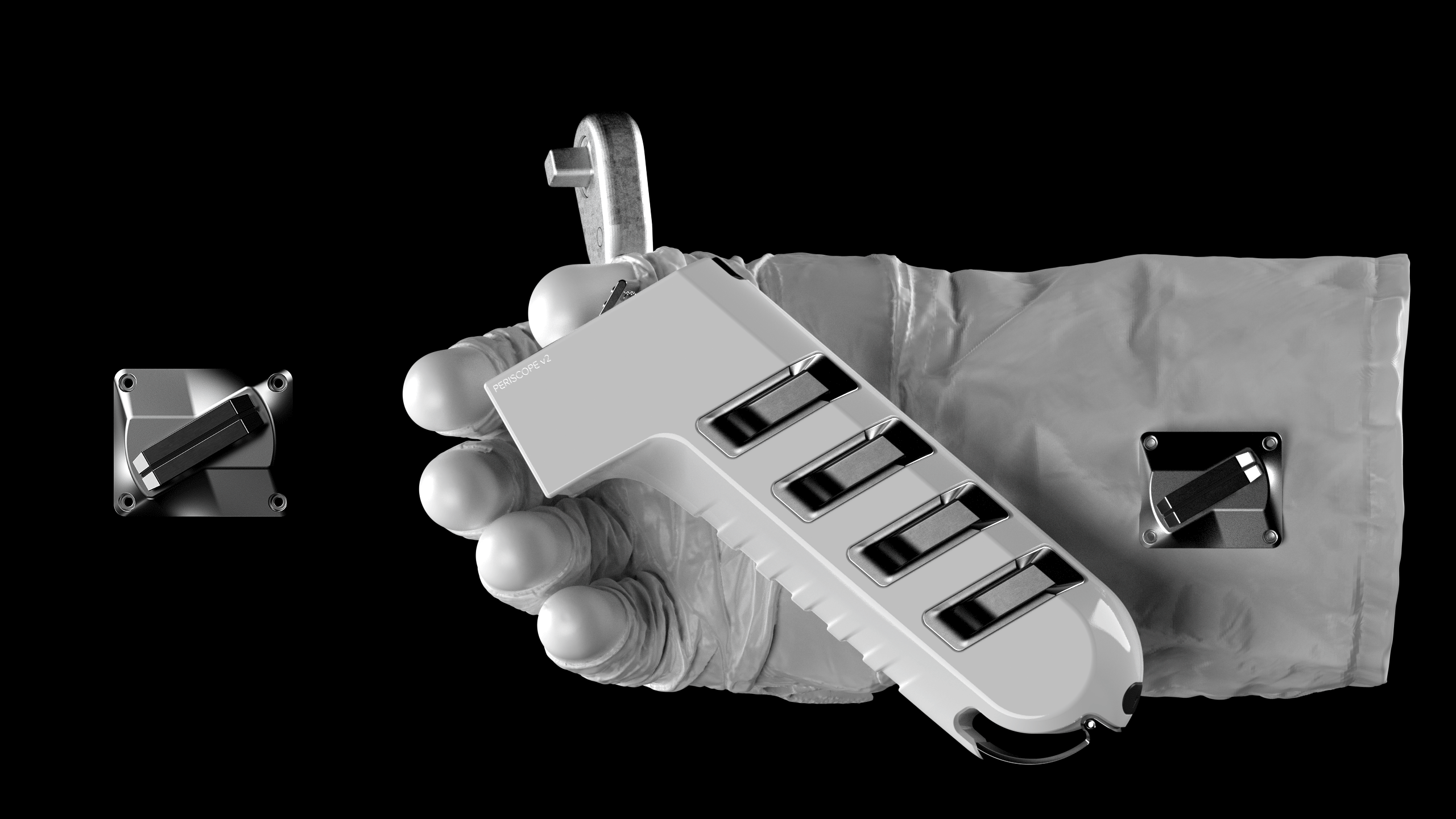

EMG-Based Interactions
Using Muscle Signals to Operate in Space
Pressurized gloves limit fine motor control, making physical buttons hard to use. EMG (electromyography) is a real, proven technology that detects muscle signals through the skin. A neural wristband uses EMG to let astronauts control the camera with slight finger movements— no full presses needed—enabling low-strain, glove-friendly interaction.



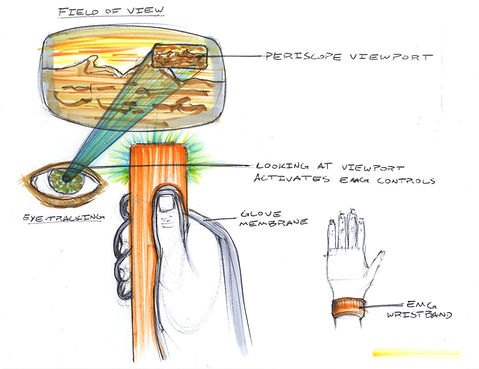
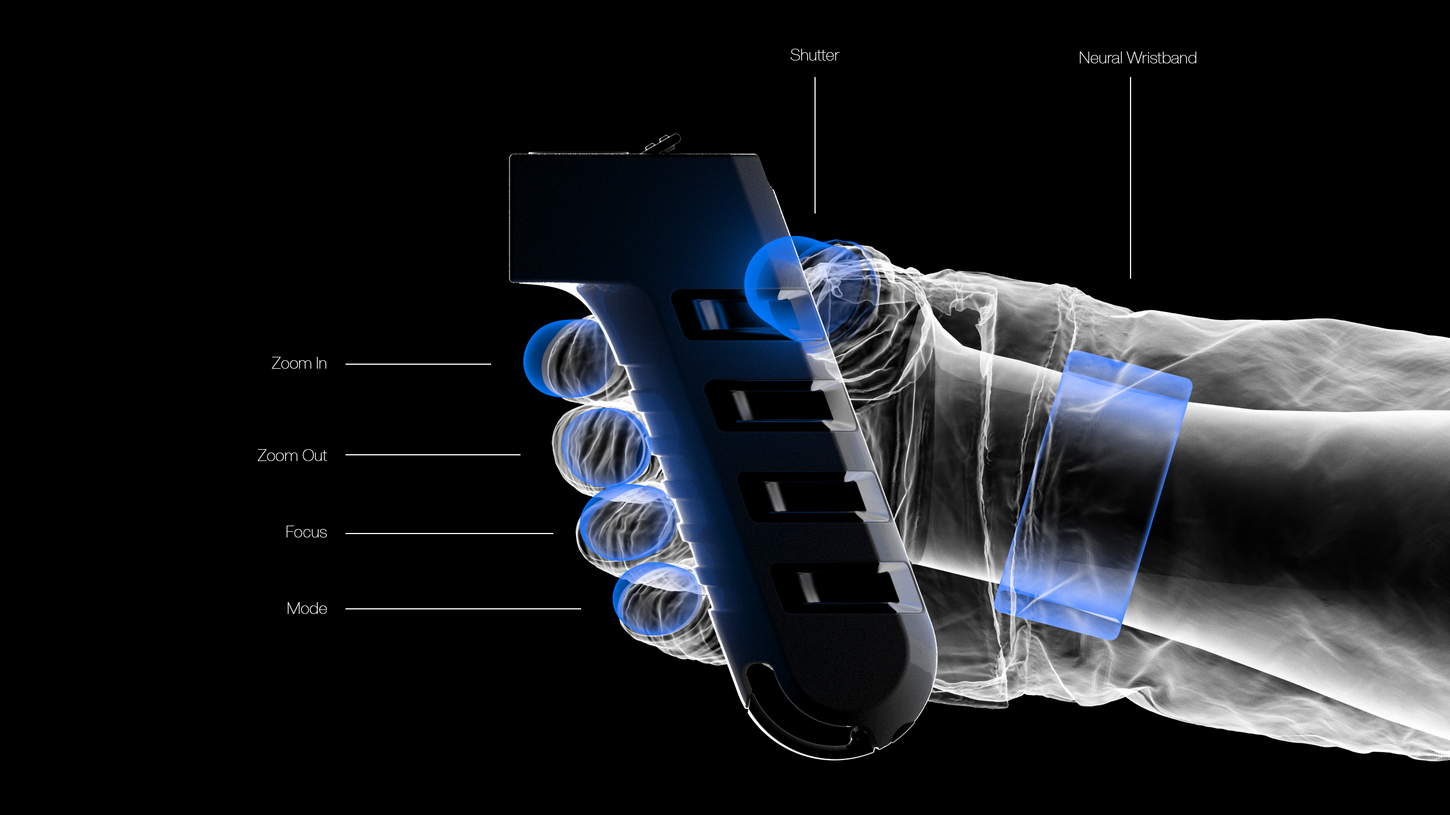


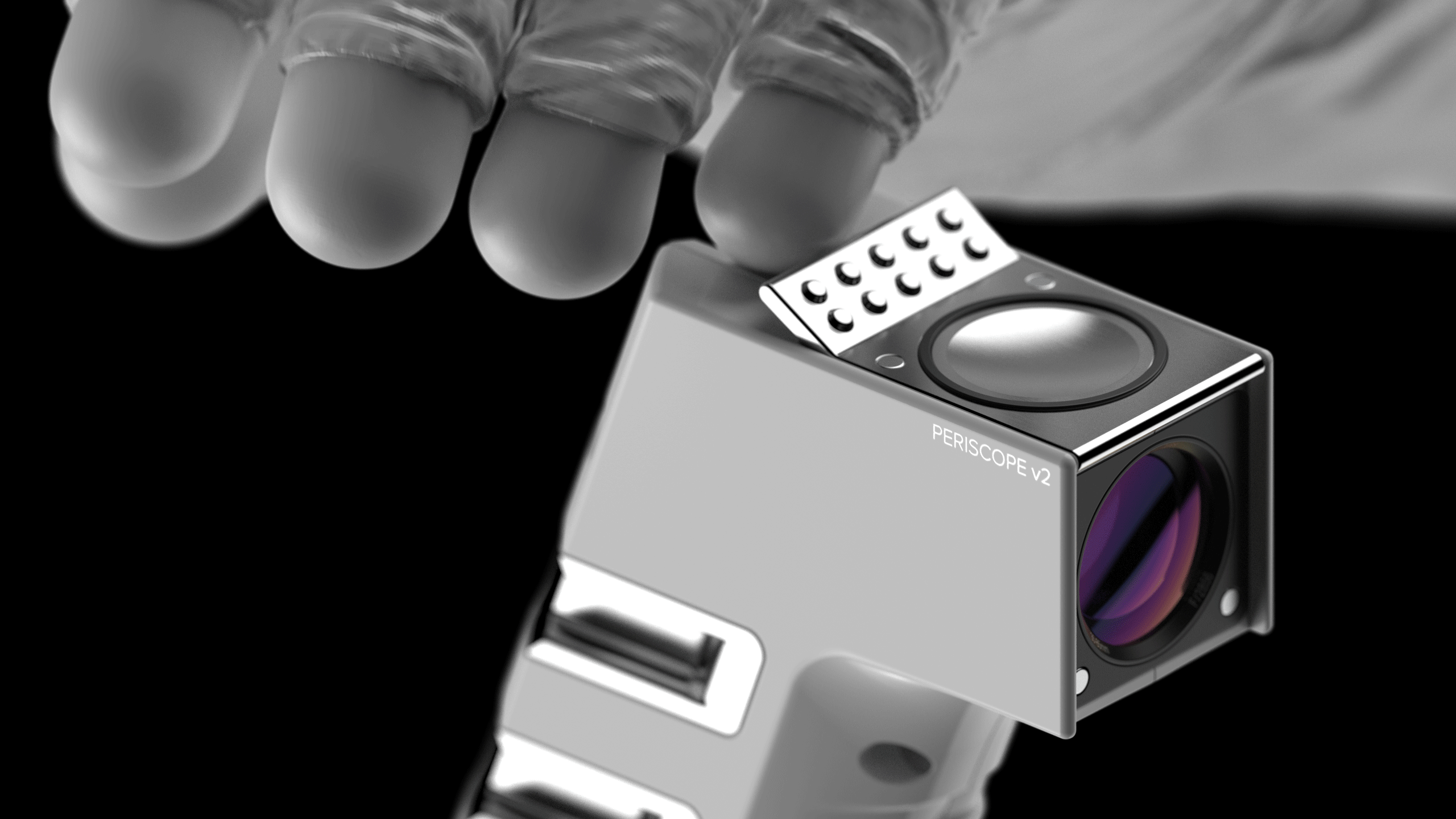
Shielding from Extreme Temps and Radiation
Current EVA cameras rely on thermal blankets to protect electronics from extreme temperatures and radiation. However, these blankets are susceptible to lunar and Martian dust.
Periscope v2 integrates multilayer insulation (MLI) into its design.

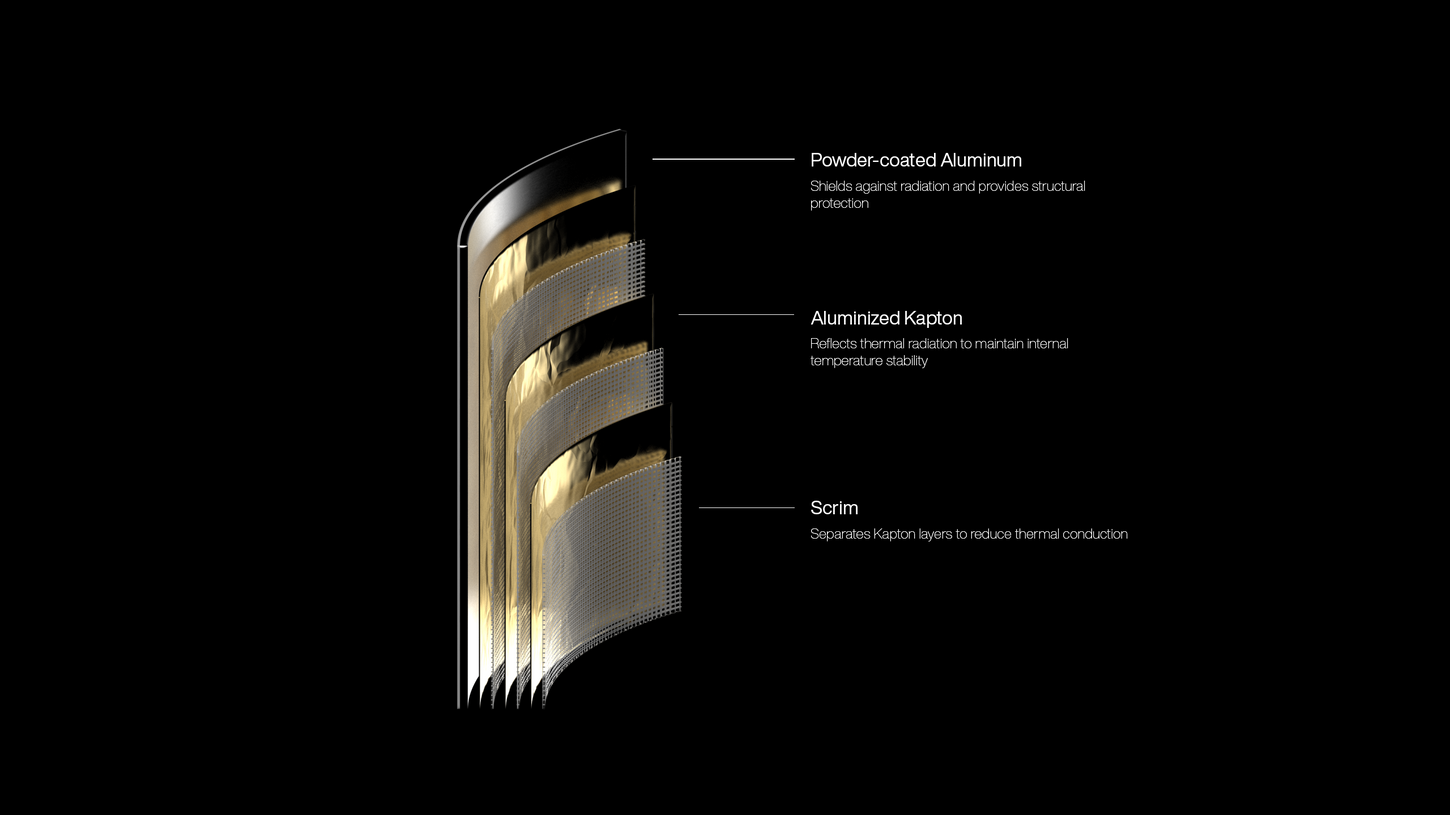

bottom of page